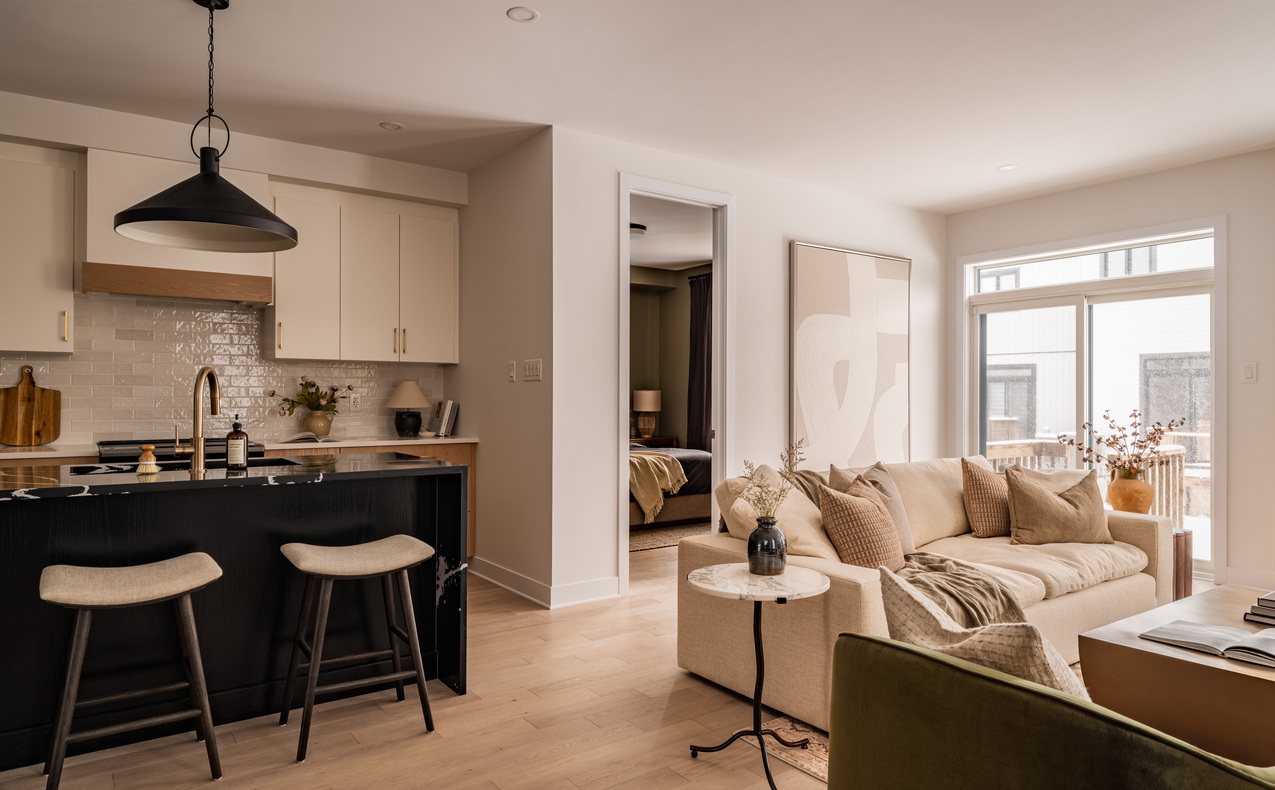The shift in production builder floor plans that we began to see a few years ago has solidified into a definite trend: Ottawa’s home builders are making it easier than ever to meet the needs of buyers who want a flexible home.
Whether it’s a multi-generational home, an income-generating property or a rethink of the traditional townhome or single, there are plenty of options that have been unveiled recently.
It started with builders who touted flex spaces in their floor plans — a main-floor den that could be a bedroom, for instance, or a dining room that becomes an office. That has evolved into a range of builder floor plans that have diversified to more effectively meet buyer needs — and that speak to affordability challenges plaguing the industry since the advent of the pandemic.
There are few statistics that track the trend. Among them, the number of permits issued by the city for what it could identify as these types of homes have risen and fallen over the past four years but consistently and significantly outpaced 2019, when 32 such permits were issued. In 2023, there were 87, a 171 per cent increase. What is clear is builders have had enough feedback from prospective buyers that they are moving to accommodate. The industry is, after all, driven by demand.
In the past year, for instance:
- eQ Homes introduced its Duo Series of homes this February that come standard with a secondary dwelling unit in the basement. For its regular singles, it has also split the included specifications into two levels to offer a more affordable option for buyers.
- On April 13 at The Commons in Orléans, Glenview Homes will open a model home of its recently introduced multi-generational home the Prescott, which comes standard with a guest suite on the main floor. The same day, it is introducing the Reveli floor plan, which has optional main-floor and basement suites.
- Cardel Homes is about to launch a marketing initiative that touts the flexibility of its homes, such as the recently introduced Paxon single, which has options for a main-floor suite, a separate side entrance, a basement suite and a second primary suite upstairs (a model of the floor plan showing the basement suite will open at Ironwood in August). The marketing initiative “speaks to plans and options that work for your family now but then can also work for your family in the future,” says marketing manager Claire Brown.
- Minto Communities introduced a flurry of new floor plans last year that proved popular, from its Metro Towns condo townhomes to help first-time buyers enter the market to three-storey singles to provide more square footage in a smaller footprint, to two-storey towns with six bedrooms, including a main-floor guest suite.
- And several builders now have floor plans that offer a main-floor suite option. eQ, for instance, has four floor plans with the option and estimates half of the homeowners choose to include it.
“Affordability is driving all this, so price point is key,” says Tanya Buckley, who is senior vice-president of Cardel’s Ontario Home Division. “Builders are revising, reviewing or introducing new specifications … We’re looking at the specifications to try to reduce costs, all while looking at the plans to say, ‘How can you maximize value out of your space?’ And that includes (to) get more people in or get additional use of your home … Your money’s got to work harder for you.”
Buyer demand

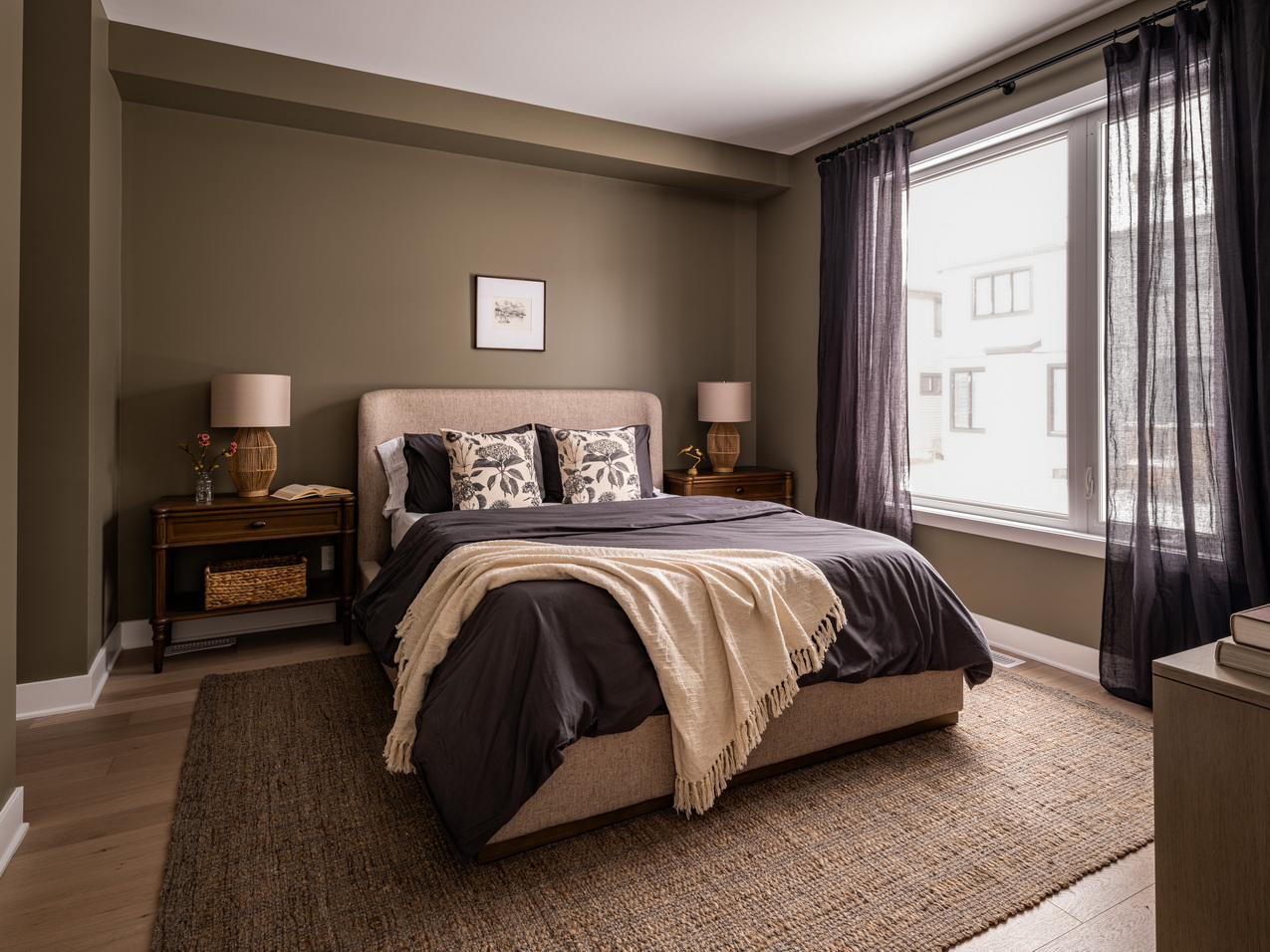
Glenview introduced the Prescott (as well as the Reveli) because buyers have been asking for it, says sales and marketing manager Kristy Brayton. “People want as many bedrooms as they can get in the house.” Glenview has sold 14 Prescott floor plans since it was introduced last July, an impressive number in a tough market.
Will and Annalise Ridley are looking forward to moving into their Prescott home in October. They bought it for its current flexibility and future potential, says Will. He’s a shift worker who can use the guest suite in the middle of the night to avoid disturbing his family, and it’s there for visiting grandparents, one of whom has mobility issues.
“We’re leaving the door open to whatever happens in the future,” says Annalise. “We have an option in our house that could work.”
eQ launched the Duo Series also because of buyer feedback. “We’ve had people coming in looking for the ability to move in with their parents or downsize and have some kind of income-generating suite,” says Tobin Kardish, director of marketing and product development.
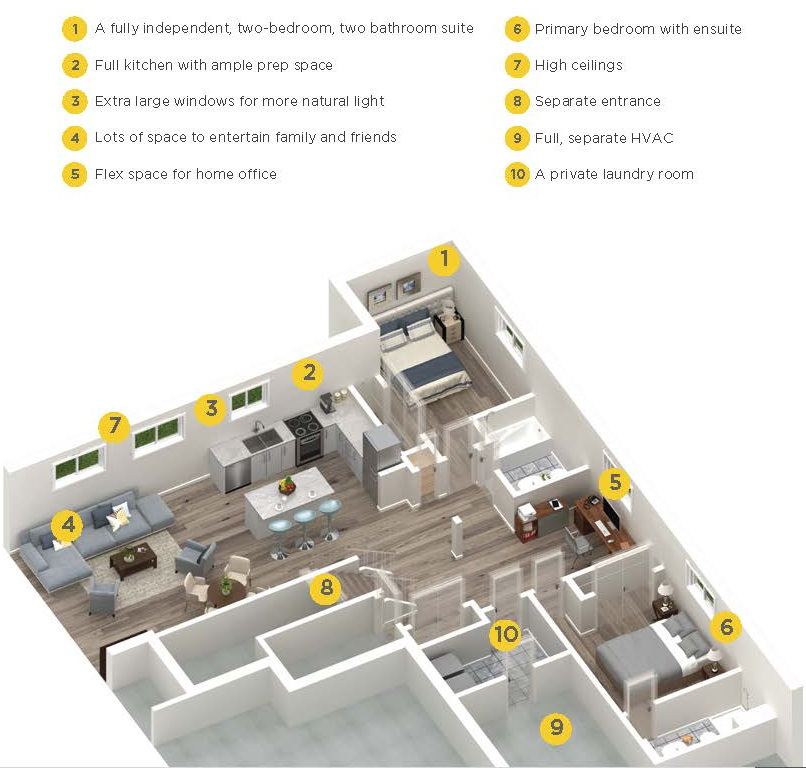
The Duo Series includes four floor plans — three two-storey singles and a bungalow — on lots ranging from 35 to 50 feet wide. All feature a separate basement suite with a side entrance and three have the option of an interior door to link the units for multi-generational families.
Prospective buyers are “intrigued by the concept,” Kardish says, although he acknowledges that it’s “an innovative housing solution in Ottawa … so it is taking time for the market to familiarize themselves with the benefits of owning two homes under one roof.”
He’s confident in the long-term appeal of the homes. “We’ll see this product for a long time in the Ottawa market.”
In the beginning…
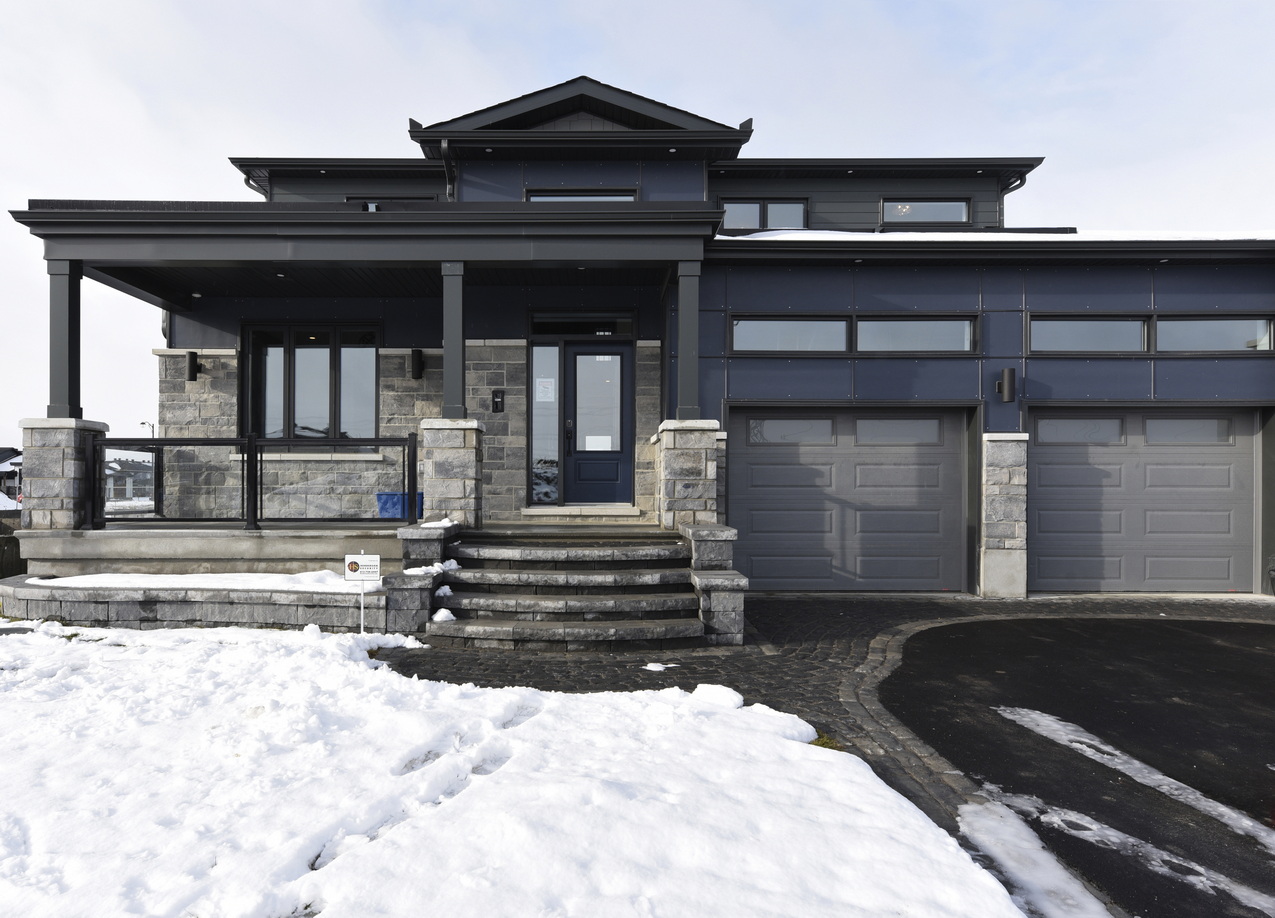
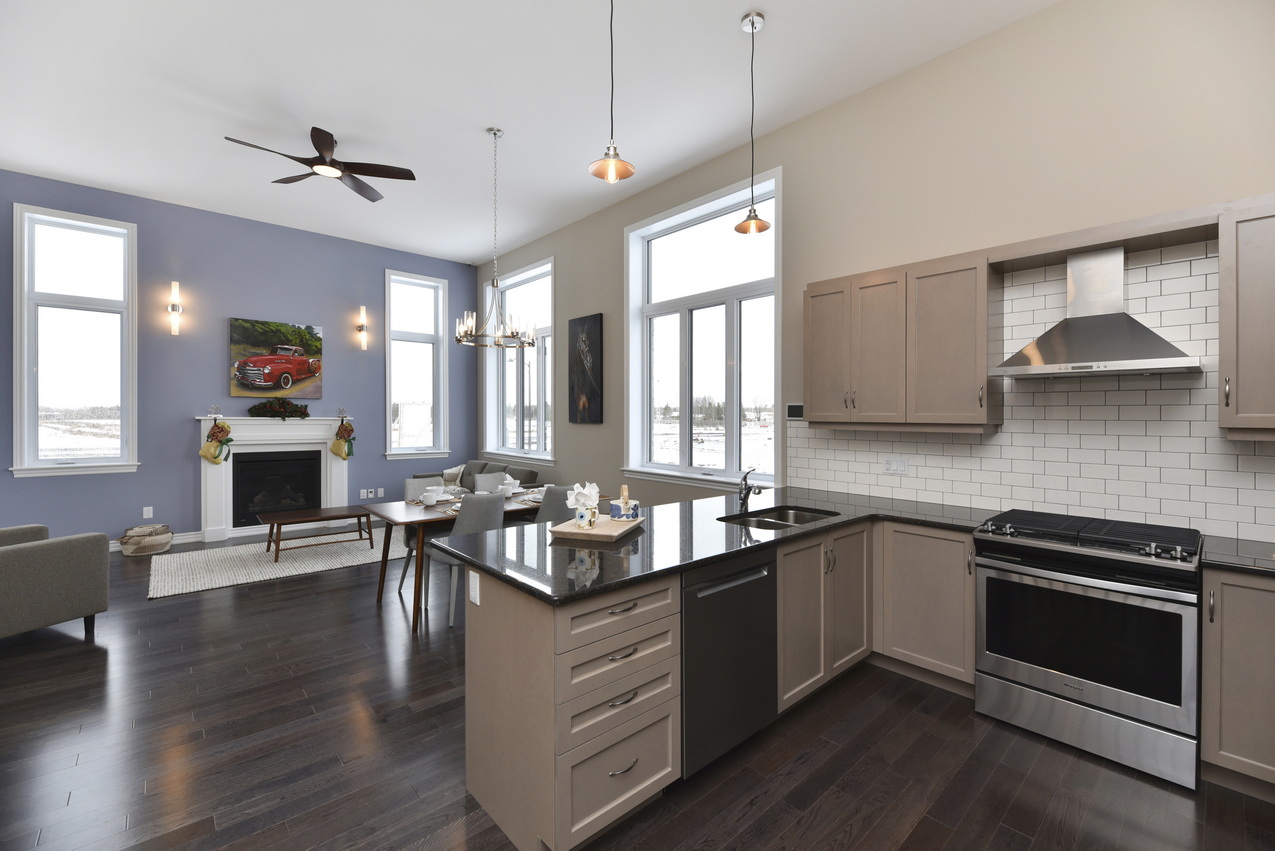
Metric Homes was one of the first builders to introduce income homes, first building one in 2007 for a previous owner of the company who wanted to have separate dwelling units on the same property for his daughters, says co-owner and vice-president of operations Shawn Bernier.
“At that time, there was no regulatory provisions to allow that to happen, so after working with the city, we helped develop some of their regulations.” Metric calls their income property floor plans Home Within a Home and has sold about 15 over the years, with two currently under construction.
Unlike other builder options, Metric’s income homes are designed with both living units above grade, each with its own basement, and some of its plans will fit on a 44-foot or 50-foot lot (others are for larger lots). The homes have typically appealed to multi-generational families, but Metric is now seeing a lot of interest in the option to finish both basements as third and fourth separate units.
“Adding a secondary dwelling unit is still a significant cost,” says Bernier, “but if you’re spending upwards of $1.5 million, to add say $100,000 to $150,000 to get a secondary dwelling unit and then have the ability to recoup that cost, people start to see that it makes a lot more sense.”
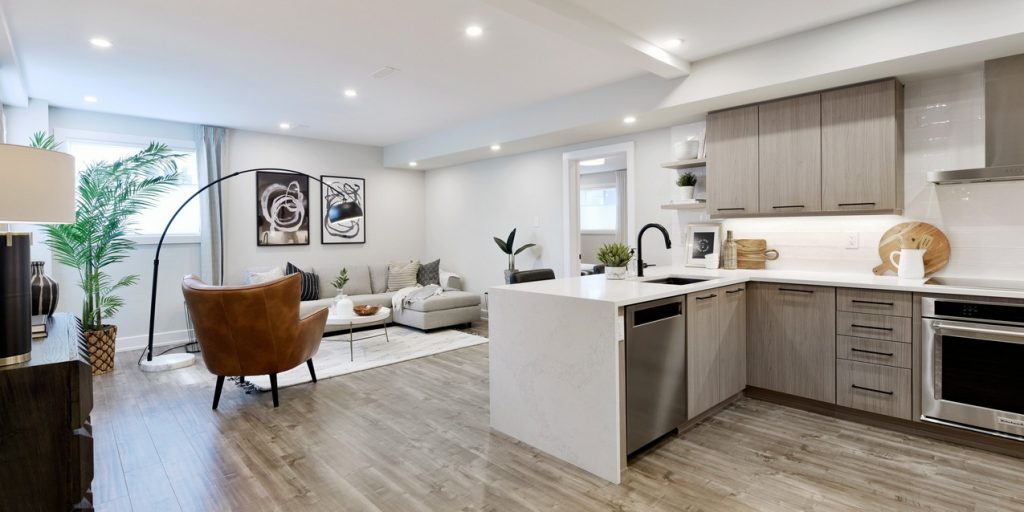
Among production builders, Phoenix Homes was an early adopter of secondary dwelling units, building its first Income Series home in 2018. The three homes in the series — two two-storey singles and a bungalow — all have a separate unit in the basement, and Phoenix is developing two more floor plans to add to the portfolio.
“We launched it to provide flexibility,” says vice-president of operations Rahul Kochar, who was himself living in a multi-generational home at the time. “We could see that people were going to start having a harder time qualifying for their rates,” and — once the banks became more accepting — having a rental income attached to your primary home could help with financing approval.
“However, we knew this would also appeal to families who required a bit more flexibility in their living arrangements,” he adds. “For example, we have adult siblings who will purchase this home together … We’ve certainly seen in-laws as well going into the rental units. Extended family is one of the categories we knew that this would speak to as well.”
Phoenix currently has six of its Income Series homes under construction, all at Pathways at Findlay Creek, where it also had a model home of one of the floor plans — the Klondike — until it sold last year.
Realtor Pritpal Mahal bought the model in part because of the income suite. He sees three uses for it: as a separate unit for his parents, who currently live with him and his family in the main house, as a space for visiting guests and as an income property. “It will really depend on how life changes,” he says.
What about townhomes?

Townhomes are also seeing a shift, driven by issues of affordability to give towns more of the features of a single. Multiple builders, including Glenview, Minto, eQ, Cardel and others, have introduced an optional layout that adds a bedroom and full bathroom in the basement, often still leaving room for a rec room. Townhomes with a double garage are becoming more common, and there are some options to add a fourth upstairs bedroom in an interior unit. (Interior townhome units are more commonly three bedrooms due to space and egress constraints.)
eQ Homes has gone the opposite way with its towns, finding ways to cut costs to bring prices down for buyers. For instance, in its Modern Townhomes series, it has made the finished basement optional and switched some of the standard features to lower-priced choices, such as laminate in place of hardwood or hard-surface counters.
“We looked at the market and said, ‘Where can we save some money so people can actually get into a townhouse?’” says Kardish, noting the homes are selling well.
Phoenix is doing something similar on the single-family home front. By this summer, the builder expects to introduce a revived and updated version of a series of homes it first introduced because of the recession in 2008, offering smaller plans with two or three bedrooms and less than 2,000 square feet.
The move is Phoenix’s answer “to allow somebody to break out from a town to a single” at a more reasonable price, particularly since lot sizes are predetermined well in advance of building. It’s a long cycle to try to change the size of your lots to address shifts in the market, Kochar says. “By the time you’ve gone through that process, the market may have shifted again, so all you can really do is try to come up with new product for your existing lot sizes.”
The bigger picture

While several builders are shifting gears to meet demands of the market, housing researcher Carolyn Whitzman — who takes a big picture approach to housing — feels more needs to be done. Whitzman is an adjunct professor at the University of Ottawa and author of the forthcoming book Home Truth: Fixing Canada’s Housing Crisis, which is to be published by UBC On Point Press in October.
The 2021 census showed nearly one million households out of about 15 million in Canada were composed of multiple generations of a family or two or more census families — the fastest growing type of households, with 45 per cent growth in the last 20 years, she notes.
“So, it’s not inconsiderable and it’s part of the demographic changes that have been going on for at least two generations, and I don’t feel that the housing stock’s really responded well to it… How many of us get married in our 20s, stay married for the next 40 years, stay in the same house? That sort of idea is past its best-by date.”
Similarly, she feels government, whatever the level, needs to do more. “They’re going in the right direction but not nearly fast enough, frankly.”
Government has generally been supportive of non-traditional or exclusionary zoning when it comes to housing, such as more units on a lot, but hasn’t yet embraced other non-traditional housing forms, be it co-housing, missing middle housing, family-friendly apartments or senior-friendly housing, she says.
“It’s a discussion we really need to have,” she says. “We need to open up those choices for people and see if they choose them. I think that many people will.”
At the local level
And it doesn’t all fall on the builders. Jason Burggraaf, who is executive director of the Greater Ottawa Home Builders’ Association, notes that at the municipal level, “a lot of the concentration on the policy side is really about conversion, and as well it should be.”
He estimates that, based on zoning, 40 to 50 per cent of Ottawa’s 440,000-plus existing housing units are single-family homes that have the potential to be slightly modified to house two or three families. “We’re talking about the lack of entry-level homes for new families and young families but we’re also worried about the lack of housing for seniors,” who are staying in their family homes longer because of limited options to downsize and stay in their neighbourhood, he says.
“It would be great if we saw that pick up as well, which would check off a lot of boxes… but it’s a huge cultural changeover on our mindset about housing, at least here in Ottawa.”
Housing, says Whitzman, “is really complex, but at a basic level it’s really simple: Are we building the homes that people want, where they want them, at the prices they can afford? And we’re not doing a terrifically good job of that.”
To tackle some of the issues, home builders’ associations from the area will hold the Eastern Ontario Regional Housing Summit May 28 as “a showcase on the need for, and on how, regional co-ordination can ensure a sufficient housing supply that provides a variety of affordable housing options,” says Burggraaf. “The answers to our housing issues are not limited within our city boundaries.”
